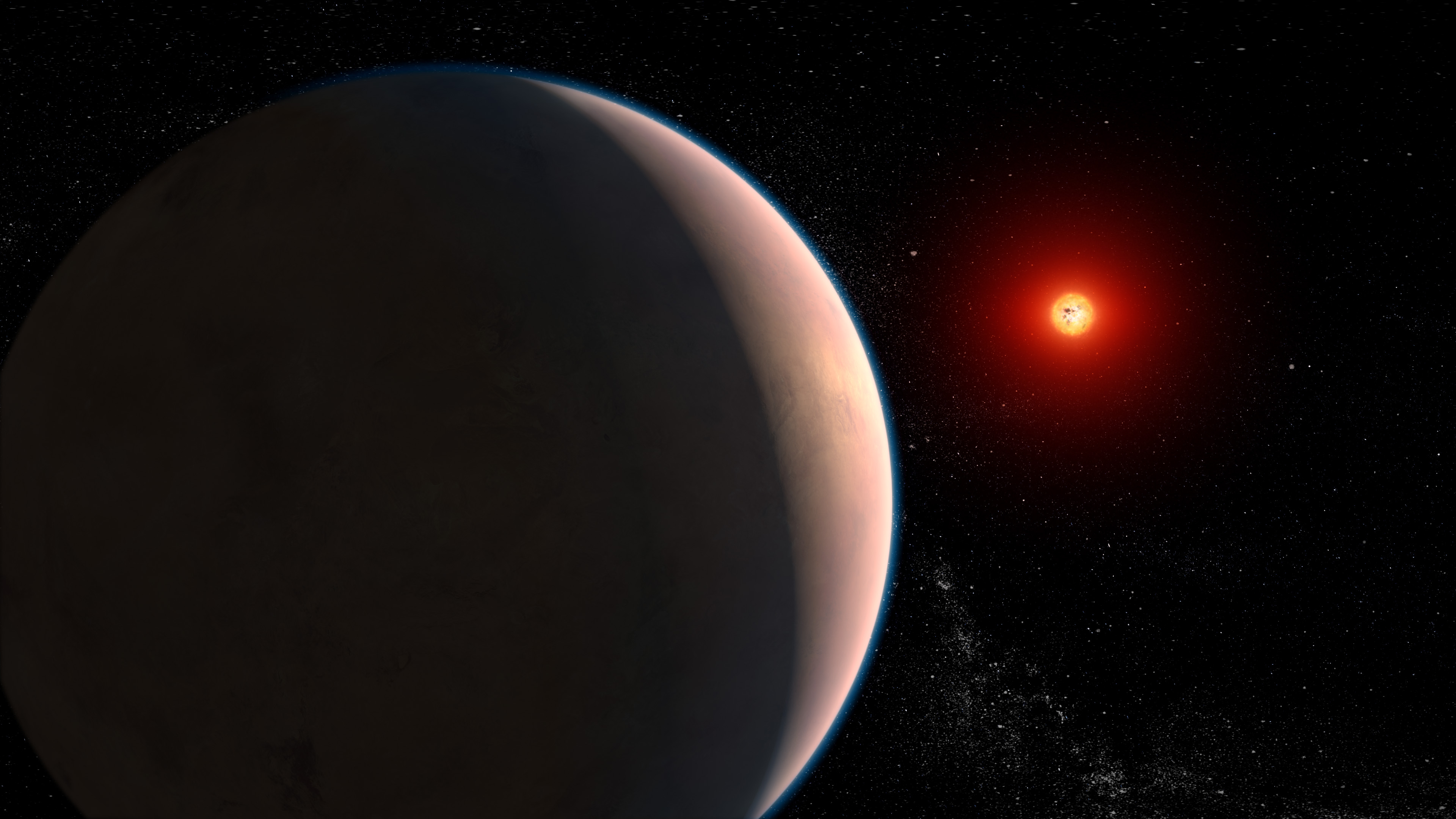News
NASA’s Webb May Have Spotted Water Vapor Around a Rocky Exoplanet…or Maybe Not?
NASA’s James Webb Space Telescope has delivered images and details about the cosmos that have been stunning and even scientifically refining. But a new study documenting Webb’s recent observations of a rocky planet 26 light-years away are downright confounding, and have left researchers at the edge of a major discovery.
Dubbed GJ 486 b after the red dwarf (or M dwarf) star that it orbits just about every 1.5 Earth days, the rocky exoplanet discovered in 2021 is a super-Earth roughly 30% larger than Earth and three times more massive.
In their pursuit to characterize planetary atmospheres that, in turn, would help determine what planets could potentially support life, researchers pointed Webb’s Near Infrared Spectrograph (NIRSpec) instrument at GJ 486 b last December as it crossed in front of its star two times. Webb collected the frequencies of infrared light in a spectrum as the planet passed, a process known as transit spectroscopy, and with this technique the team could determine whether the planet has an atmosphere and what molecules are present.
Using three methods to analyze the data, the team — which includes astrophysicist Kevin Stevenson of the Johns Hopkins Applied Physics Laboratory in Laurel, Maryland — found the spectrum lacked the most common atmospheric molecules, including carbon dioxide, methane and hydrogen. The only close match was one familiar to Earth: water vapor.
At 800 degrees Fahrenheit (430 degrees Celsius), GJ 486 b is inhospitable to life, as we know it, no matter how much water vapor it might have, emphasized Sarah Moran, a planetary scientist at the University of Arizona in Tucson and lead author of the study, which has been accepted for publication in The Astrophysical Journal Letters. “It’s in no way habitable.”
But given the planet’s temperature, any water vapor would have to be part of an atmosphere, likely replenished by volcanoes ejecting steam from the planet’s interior. Such a circumstance would make GJ 486 b not only the first rocky exoplanet known to have an atmosphere but, with an atmosphere entirely made of water vapor, also one totally foreign to what we know.
“There is no comparable atmosphere in our own solar system,” Stevenson said. “We could be exploring a brave new world that would speak to the diversity of exoplanet atmospheres out there.”
Except there’s a chance Webb’s observations might not mean any of that. The water vapor seen might not come from GJ 486 b at all, the team reported. Instead, it might come from a counterintuitive place: the planet’s star.

